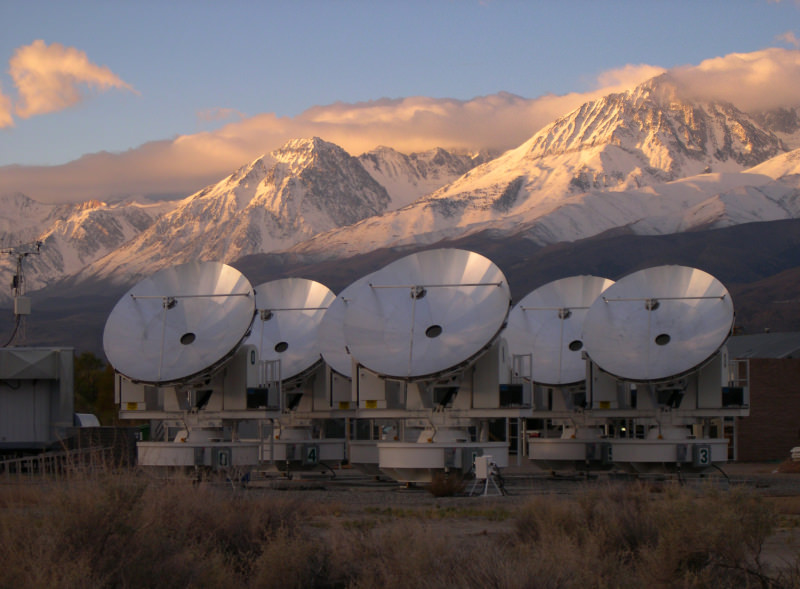[/caption]
A recent cosmological model seeks to get around the sticky issue of dark energy by jury-rigging the Einstein field equation so that the universe naturally expands in an accelerated fashion. In doing so, the model also eliminates the sticky issue of singularities – although this includes eliminating the singularity from which the Big Bang originated. Instead the model proposes that we just live in an eternal universe that kind of oscillates geometrically.
As other commentators have noted, this model hence fails to account for the cosmic microwave background. But hey, apart from that, the model is presented in a very readable paper that tells a good story. I am taking the writer’s word for it that the math works – and even then, as the good Professor Einstein allegedly stated: As far as the laws of mathematics refer to reality, they are not certain, and as far as they are certain, they do not refer to reality.
Like a number of alternate cosmological models, this one also requires the speed of light in a vacuum to vary over the evolution of the universe. It is argued that time is a product of universe expansion – and hence time and distance are mutually derivable – the conversion factor between the two being c – the speed of light. So, an accelerating expansion of the universe is just the result of a change in c – such that a unit of time converts to an increasing greater distance in space.
Yes, but…
The speed of light in a vacuum is the closest thing there is to an absolute in general relativity – and is really just a way of saying that electromagnetic and gravitational forces act instantaneously – at least from the frame of reference of a photon (and perhaps a graviton, if such a hypothetical particle exists).
It’s only from subluminal (non-photon) frames of reference that it becomes possible to sit back and observe, indeed even time with a stopwatch, the passage of a photon from point A to point B. Such subluminal frames of reference have only become possible as a consequence of the expansion of the universe, which has left in its wake an intriguingly strange space-time continuum in which we live out our fleetingly brief existences.
As far as a photon is concerned the passage from point A to point B is instantaneous – and it always has been. It was instantaneous around 13.7 billion years ago when the entire universe was much smaller than a breadbox – and it still is now.
But once you decide that the speed of light is variable, this whole schema unravels. Without an absolute and intrinsic speed for relatively instantaneous information transfer, the actions of fundamental forces must be intimately linked to the particular point of evolution that the universe happens to be at.
For this to work, information about the evolutionary status of the universe must be constantly relayed to all the constituents of the universe – or otherwise those constituents must have their own internal clock that refers to some absolute cosmic time – or those constituents must be influenced by a change in state of an all-pervading luminiferous ether.
In a nutshell, once you start giving up the fundamental constants of general relativity – you really have to give it all up.

The cosmological constant, lambda – which these days we call dark energy – was always Einstein’s fudge factor. He introduced it into his nicely balanced field equation to allow the modeling of a static universe – and when it became apparent the universe wasn’t static, he realized it had been a blunder. So, if you don’t like dark energy and you can do the math, this might be a better place to start.
Further reading: Wun-Yi Shu Cosmological Models with No Big Bang.

